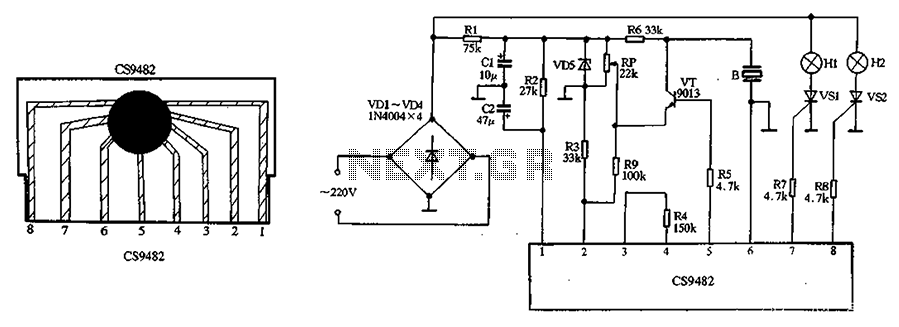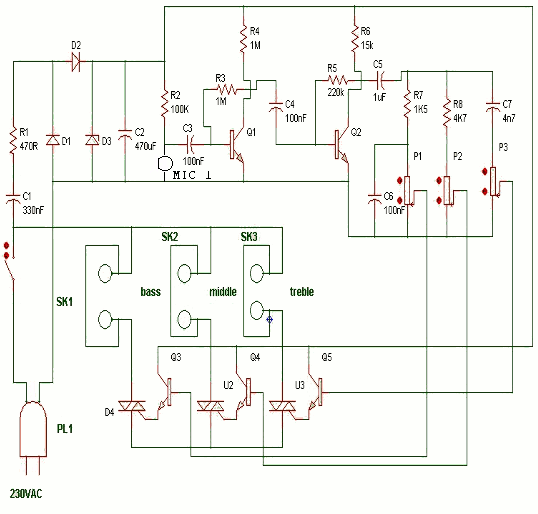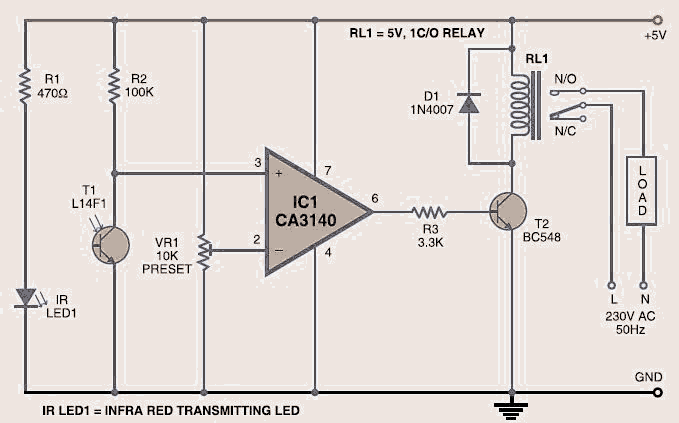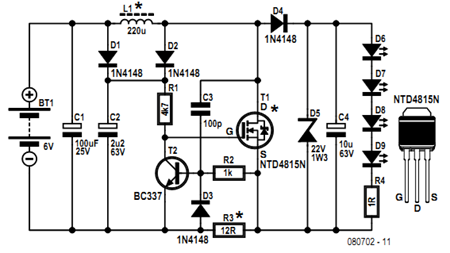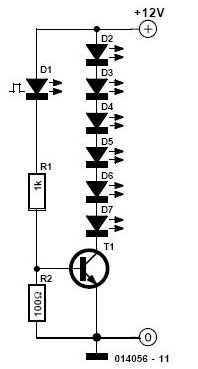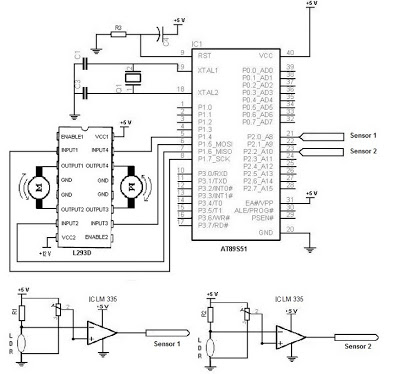
Light Dimmer
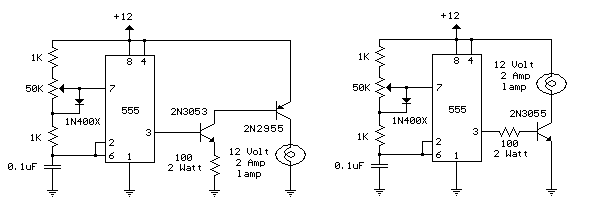
The concept behind a light dimmer is to control the voltage supplied to a lamp or light source. Light dimmers regulate this voltage, allowing for an increase or decrease in light intensity. They first appeared in the market around the 1960s, utilizing adjustable power resistors and transformers for voltage regulation. However, the initial use of transformers in light dimmers was not successful, resulting in poor performance, high costs, and a lack of durability. As electronics advanced over time, new methods and components were developed. The introduction of thyristors and triacs led to the creation of modern light dimmers, which are cost-effective, durable, and provide improved performance. Currently, light dimmer manufacturers incorporate thyristors and triacs in their designs. These devices are affordable, typically ranging from $5 to $30, depending on the model and manufacturer. Light dimmers serve as excellent alternatives to standard light switches due to their numerous features, including durability, ease of installation, and various attractive styles. Building a custom light dimmer circuit can be a fun project or a science experiment. An example is a 12V light dimmer circuit diagram, which is constructed using a 555 timer oscillator and resistors. Two variations of the circuit are presented: one connects the lamp to the positive side, while the other connects it to the negative side of the power supply. The circuit operates on the principle that capacitors, when charged, create short positive intervals and long negative intervals, effectively dimming the light intensity. As light dimmers are connected to mains power, it is crucial to observe safety precautions during installation. It is essential to ensure that no part of the circuit is accessible to touch, and to consult the instruction manual for safety measures, particularly the section labeled 'Safety Instructions for Light Dimmer.'
The light dimmer circuit utilizing a 555 timer oscillator is designed to modulate the brightness of a connected lamp by adjusting the duty cycle of the output signal. The 555 timer operates in astable mode, generating a continuous square wave signal. This signal is then used to control a power electronic component, such as a triac, which regulates the power delivered to the lamp.
In the circuit, the 555 timer is configured with resistors and a capacitor that determine the frequency and duty cycle of the output waveform. The resistors set the charge and discharge times of the capacitor, allowing for control over the on and off durations of the lamp. The triac is triggered by the output from the 555 timer, allowing current to flow to the lamp when the triac is in the conducting state. By varying the resistance in the timing circuit, the light intensity can be smoothly adjusted, providing a range of brightness levels.
When implementing this circuit, it is important to ensure that all components are rated for the appropriate voltage and current levels to prevent damage or failure. Additionally, heat dissipation should be considered, as the triac may generate heat during operation. Adequate heat sinking or cooling methods may be necessary to maintain reliable operation.
Safety is paramount when working with mains voltage circuits. Proper insulation, secure connections, and adherence to electrical codes are essential to prevent electrical hazards. It is recommended to use enclosures for the circuit to prevent accidental contact with live components. Always refer to the manufacturer's specifications and guidelines for safe operation and installation practices.The concept behind the light dimmer is to control the voltage to the light lamp or any source. Light dimmers regulate the voltage to the source they are connected to. This regulation of voltage increases or decreases the light intensity. Light dimmers first appeared in the market around 1960s. In the beginning light dimmers used adjustable power resistors and transformers to regulate the voltage. The use of transformers in early light dimmers did not prove a success. The light dimmers produced poor results and were expensive and non durable. As the electronics made progrss over the time, new methods and components were invented. Thyristors and triacs came to teh market and because of these components, new modern light dimmers were invented which were cheap, durable and gave better results. Today, modern light dimmer manufacturers use thyristors and triacs in their construction. Light dimmers are very inexpensive and ranges from $5-$30 depending on the model and manufacturer. Light dimmers are the best replacements for regular light switches because of there many features like durable, easy installation and different attractive styles.
Light dimmers have the following important features. We can build our own light dimmer circuit for fun or for our science project. Following is the circuit diagram of a 12V light dimmer switch. The circuit is constructed with 555 time oscillators and resistors. Two different circuits are shown for light dimmer. One shows the circuit when lamp is connected to the positive connection and the other connected to the negative side of the supply. The circuit uses the principle of capacitors which is when charged produces short positive interval and long negative interval which dims the intensity of the light.
Light dimmers are connected to mains, therefore safety precautions should be taken during installation of light dimmer. During installation, it should be made sure that no part of the circuit can be touched. Always look in the instruction manual for safety measures where it says `Safety Instructions for light dimmer`
🔗 External reference
The light dimmer circuit utilizing a 555 timer oscillator is designed to modulate the brightness of a connected lamp by adjusting the duty cycle of the output signal. The 555 timer operates in astable mode, generating a continuous square wave signal. This signal is then used to control a power electronic component, such as a triac, which regulates the power delivered to the lamp.
In the circuit, the 555 timer is configured with resistors and a capacitor that determine the frequency and duty cycle of the output waveform. The resistors set the charge and discharge times of the capacitor, allowing for control over the on and off durations of the lamp. The triac is triggered by the output from the 555 timer, allowing current to flow to the lamp when the triac is in the conducting state. By varying the resistance in the timing circuit, the light intensity can be smoothly adjusted, providing a range of brightness levels.
When implementing this circuit, it is important to ensure that all components are rated for the appropriate voltage and current levels to prevent damage or failure. Additionally, heat dissipation should be considered, as the triac may generate heat during operation. Adequate heat sinking or cooling methods may be necessary to maintain reliable operation.
Safety is paramount when working with mains voltage circuits. Proper insulation, secure connections, and adherence to electrical codes are essential to prevent electrical hazards. It is recommended to use enclosures for the circuit to prevent accidental contact with live components. Always refer to the manufacturer's specifications and guidelines for safe operation and installation practices.The concept behind the light dimmer is to control the voltage to the light lamp or any source. Light dimmers regulate the voltage to the source they are connected to. This regulation of voltage increases or decreases the light intensity. Light dimmers first appeared in the market around 1960s. In the beginning light dimmers used adjustable power resistors and transformers to regulate the voltage. The use of transformers in early light dimmers did not prove a success. The light dimmers produced poor results and were expensive and non durable. As the electronics made progrss over the time, new methods and components were invented. Thyristors and triacs came to teh market and because of these components, new modern light dimmers were invented which were cheap, durable and gave better results. Today, modern light dimmer manufacturers use thyristors and triacs in their construction. Light dimmers are very inexpensive and ranges from $5-$30 depending on the model and manufacturer. Light dimmers are the best replacements for regular light switches because of there many features like durable, easy installation and different attractive styles.
Light dimmers have the following important features. We can build our own light dimmer circuit for fun or for our science project. Following is the circuit diagram of a 12V light dimmer switch. The circuit is constructed with 555 time oscillators and resistors. Two different circuits are shown for light dimmer. One shows the circuit when lamp is connected to the positive connection and the other connected to the negative side of the supply. The circuit uses the principle of capacitors which is when charged produces short positive interval and long negative interval which dims the intensity of the light.
Light dimmers are connected to mains, therefore safety precautions should be taken during installation of light dimmer. During installation, it should be made sure that no part of the circuit can be touched. Always look in the instruction manual for safety measures where it says `Safety Instructions for light dimmer`
🔗 External reference
